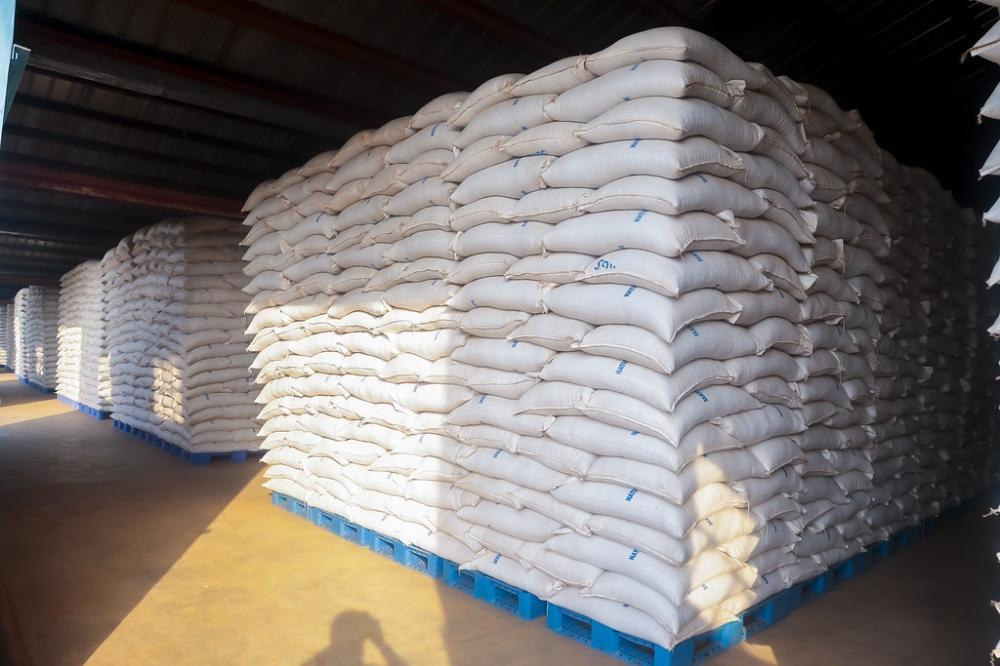Africa-Press – Rwanda. Government plans to significantly increase grain storage capacity nationwide are expected to kick off next month, when the Rwanda Agriculture and Animal Resources Development Board (RAB) signs contracts with companies to construct and rehabilitate storage facilities across all 30 districts.
Appearing before the Parliamentary Committee on Land, Agriculture, Livestock and Environment last week, Olivier Kamana, Permanent Secretary at the Ministry of Agriculture and Animal Resources (MINAGRI), outlined a new strategy to boost national maize storage capacity from the current 46,000 tonnes to at least 200,000 tonnes by 2029.
The plan also targets reducing post-harvest losses to just 5 percent.
The broader goal, officials say, is to strengthen the agricultural value chain, support farmer professionalism, and enhance financial stability.
Farmers’ cooperatives have welcomed the move, saying it will improve food security and protect producers from volatile market prices.
Jean Crysostome Twiringiyimana, President of Hinga Ikigori Karama (KOHIIKA), a maize-growing cooperative with a processing plant in Nyagatare District, said current storage facilities fall far short of demand.
“The facilities we have are not enough to store the quantities needed to meet market demands during the dry season. Some can handle only 20 to 30 tonnes, which can’t even last three months,” he said.
Twiringiyimana added that reliable storage would guarantee steady supplies of quality maize for local processors, reducing dependence on imports and keeping investment within the economy.
Evariste Tugirinshuti, representing the Federation of Maize Farmers’ Cooperatives in Rwanda, said expanded storage will also help farmers access credit, as stored grain can serve as collateral.
He noted that inadequate drying facilities force farmers to sell quickly at low prices, undermining potential earnings.
“We are currently only able to dry 10% of our entire harvest,” he said — a figure that underscores the volume of grain exposed to spoilage and the urgency of investing in modern drying and storage infrastructure.
Alice Mukamugema, Director General of Agriculture Value Chain Management and Trade at MINAGRI, said the government will soon issue mandatory standards for constructing drying facilities.
“The most important part is showing people exactly how and where to build these drying sheds,” she said. With government, private sector and development partners all involved in construction, the new guidelines aim to ensure durability and consistent quality.
She acknowledged, however, that construction costs remain high. While old timber sheds have lasted 15 to 20 years, modern steel structures can cost up to Rwf 40 million, partly because they require additional features such as rainwater harvesting systems and paved surfaces for cleaning grain.
Dr. Solange Uwituze, Acting Director General of RAB, explained the steps taken to protect crops during the drying process.
“For maize, we wait until it’s fairly dry, around 15% to 18% moisture,” she said. If weather conditions worsen, the maize is moved to drying sheds to prevent breakage.
Once fully dried, machines remove the kernels before the grain is transferred into long-term storage.
For More News And Analysis About Rwanda Follow Africa-Press






